Pacific Northwest Project Resources:
Your project may be more successful if you have partners. Partnering with other organizations, businesses, or government agencies may help you obtain funding, share expertise, create a better project plan, spread the workload, and ultimately have a more successful project.

These may be sponsored by your drainage or stormwater utility, public works department, natural resource agency, mayor’s office, or another local agency.
To find your local, state, or tribal governments, type the following into a search engine: your state/county and then the type of agency you are wanting to connect with (e.g., local government, tribal representative, state government). For example, search for “Alabama beach restoration permitting” or “New Jersey environmental protection.” Also try using terms that relate to your concern or solution. For example, “Florida coastal flooding help.” Try different terms, or combinations of terms, such as “grants, restoration, invasive species, marsh, natural resources, volunteers, funding, etc.” It may take a few tries to find the site and information you are looking for.
To find a specific local county office, type the following into a search engine: your local county or city and then the department you are wanting to connect with (e.g., environmental, planning, natural resources). For example, search for “Escambia County coastal management” or “Destin FL natural resources.”

Are there programs to restore your local estuary or coastline? Are there initiatives to help threatened or endangered fish and wildlife? These programs sometimes have grant dollars.
Many states have the following departments, divisions, or commissions, which you can use as internet search terms:
Many of these organizations are listed as members of the Association of Fish and Wildlife Agencies. Your state’s land-grant university may host a SeaGrant program or a Cooperative Extension Service related to agriculture, conservation. Extension agents can direct you towards helpful resources for your project type.
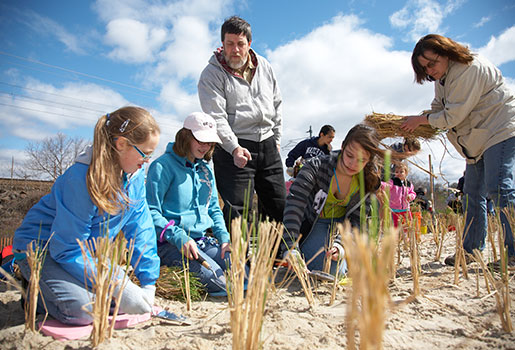
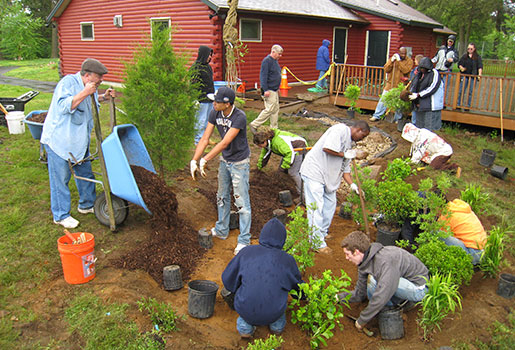
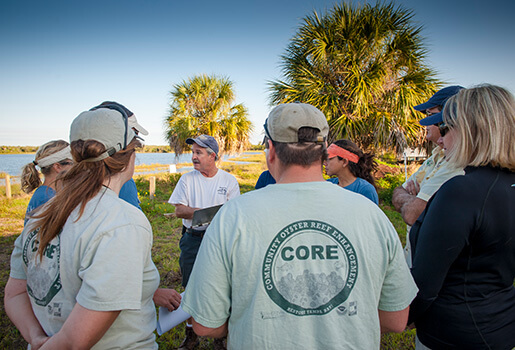
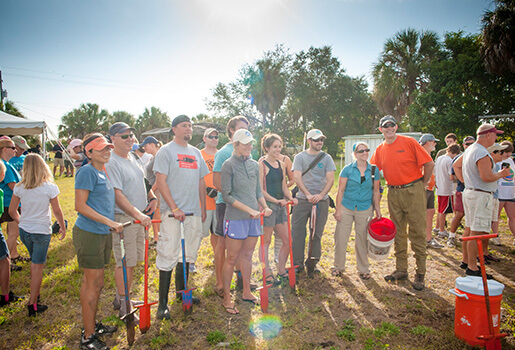
Some may focus on local issues. Others may be local chapters of state or national organizations.
Restore America’s Estuaries is an alliance of 10 community-based conservation organizations focused on coastal restoration.
TreePeople has involved more than 3 million people in planting and caring for more than 3 million trees in Los Angeles.
The Arbor Day Foundation sells and gives away trees and works with partners to plant trees in communities.
The Arbor Day Foundation’s Alliance for Community Trees network is composed of community-based organizations dedicated to planting and caring for trees.
National Garden Clubs connects gardeners around the globe with inspiration, information, and resources.
Wikipedia lists environmental and conservation organizations in the United States.
Neighborhood organizations may be a resource for community outreach and volunteers.
Schools may be a source of volunteers.
Look for local businesses and business organizations that may have a stake in a cleaner environment.
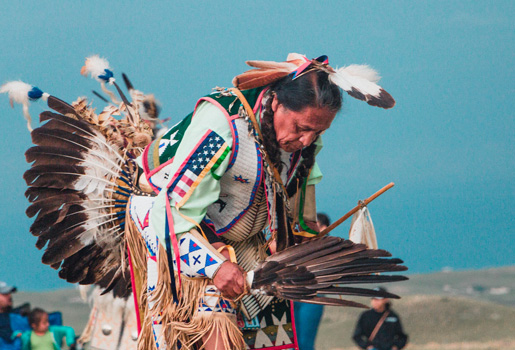
Tribes and Indian Nations should be consulted about their interests in the area of the project.
Tribes and Indian Nations may have treaty rights that need to be observed and cultural resource concerns that apply to your project, especially if ground disturbance is involved in your project.
Tribes and Indian Nations often have resources that can help with your project. They often manage monitoring and research projects, and that information may be very helpful in the development of your project.
Contact the Tribe’s or Nation’s natural resource department early in the project. Click here for help finding recognized tribes and their leaders or here for help finding non-federally recognized tribes.
Learn more about partnering with Tribal Nations and incorporating Indigenous Knowledge.
We need your help to improve the Toolkit by completing our easy, 3-minute survey. Your insight is valuable to us.